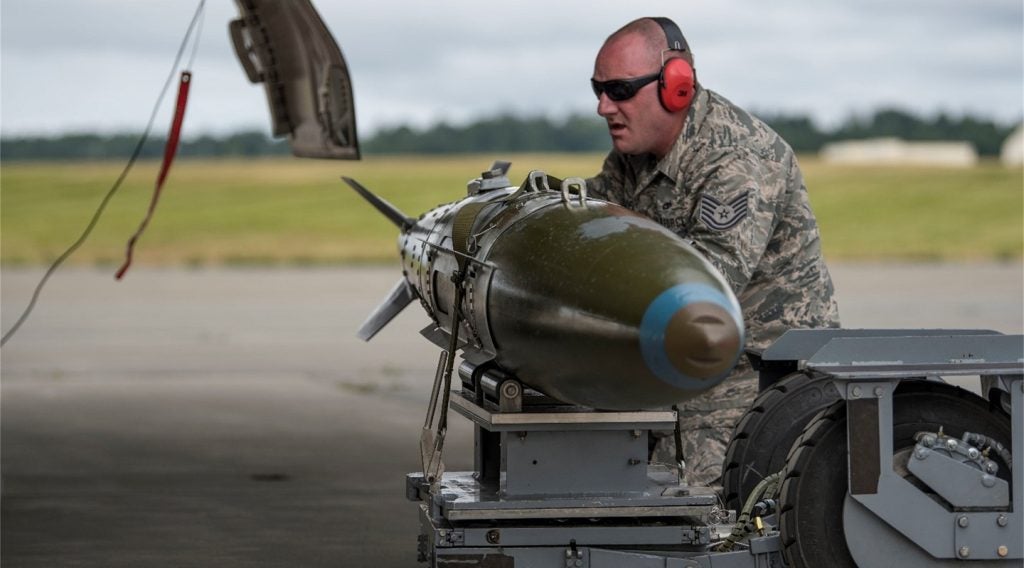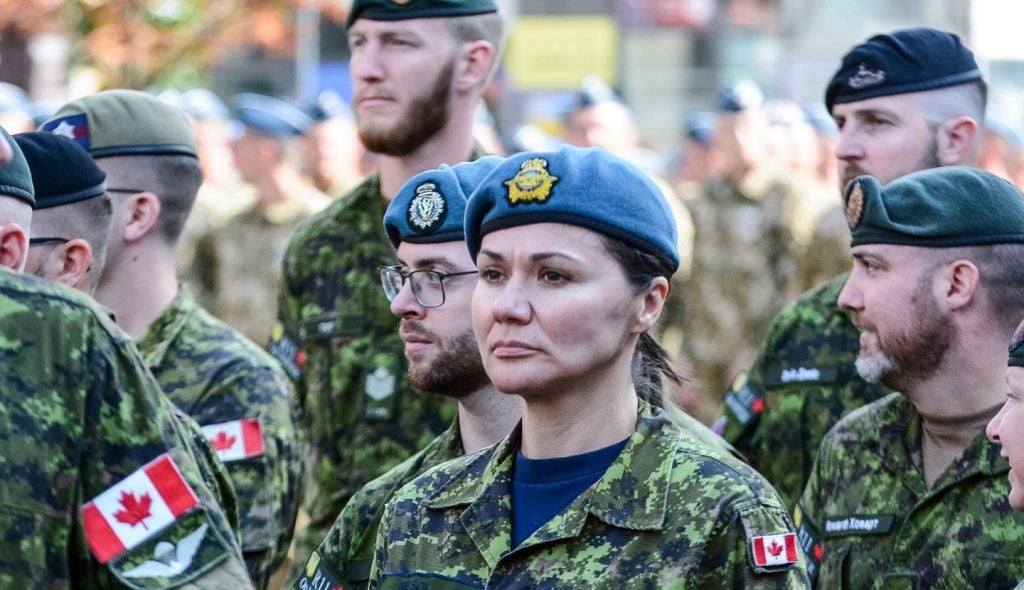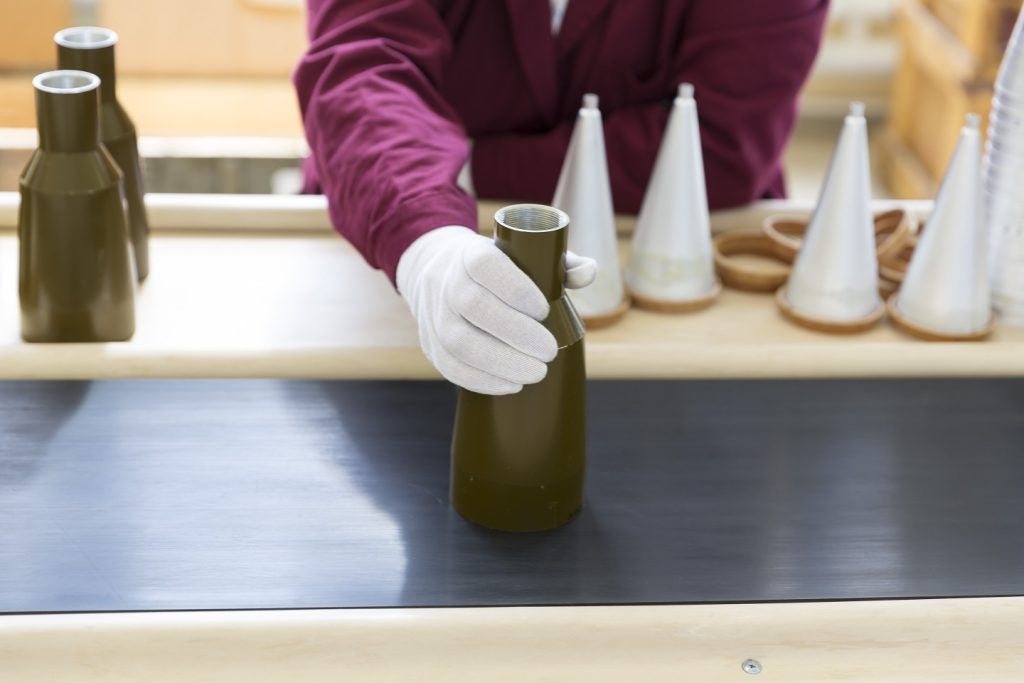US Air Force (USAF) F-16 Fighting Falcon pilots are set to receive a new product developed by the Air Force Research Laboratory (AFRL) to address visibility problems during heavy rain.
Known as HydroSkip, the product has the ability to repel water from aircraft transparencies.
HydroSkip has been developed to address risks posed by fast-moving pop-up storms so that pilots can navigate the aircraft and land safely.
The product works by preventing pooling or stagnation of rain on the canopy of the F-16 aircraft.
A team of engineers from AFRL’s Aerospace Systems Directorate and the University of Dayton Research Institute tested different formulations and selected the optimal formula for HydroSkip.
AFRL Aerospace engineer Mike Gran said: “We picked the best one that could be developed into a product the airforce can use in the field.”
How well do you really know your competitors?
Access the most comprehensive Company Profiles on the market, powered by GlobalData. Save hours of research. Gain competitive edge.

Thank you!
Your download email will arrive shortly
Not ready to buy yet? Download a free sample
We are confident about the unique quality of our Company Profiles. However, we want you to make the most beneficial decision for your business, so we offer a free sample that you can download by submitting the below form
By GlobalDataThe formula was then sent to the F-16 System Program Office (SPO) at Hill Air Force Base, Utah, for distribution to the F-16 fleet community.
F-16 SPO Donald Willmoth said that HydroSkip applies to the F-16 canopy ‘like car wax’ and wipes clean within ten minutes.
The product, which is manufactured by TexStars, can be used once per month and its application is as simple as that of common polish.
Keeping in view the demand for the product from various F-16 units, the SPO went through the process of changing the technical orders and issued a notification to all of the units last month.
Willmoth added: “With this change, they can go ahead and order this product.”
However, the SPO has placed a restriction on the quantity of the product that can be ordered by each unit. The temporary restriction could be lifted after TexStars achieves a stable production level for HydroSkip.
The product is planned to be tested by three airforce bases, including one in the US and two overseas.
Willmoth further stated: “The plan is to fly 50 flight hours on one squadron and 60 days on the other with periodic testing to (verify) material durability.”







